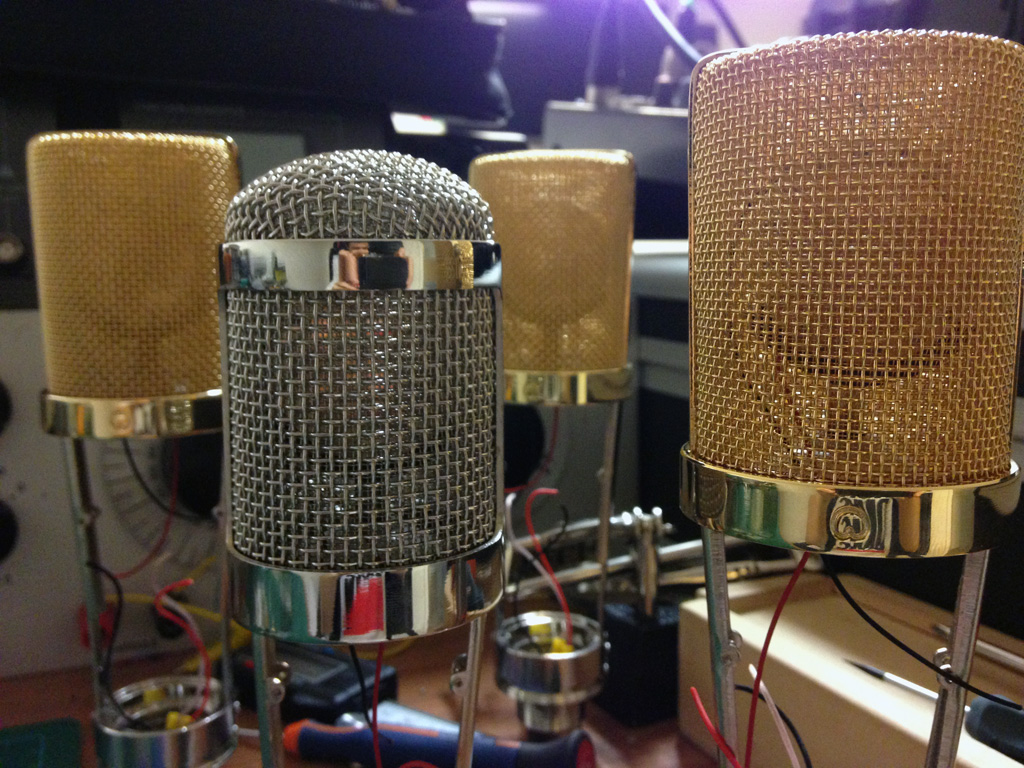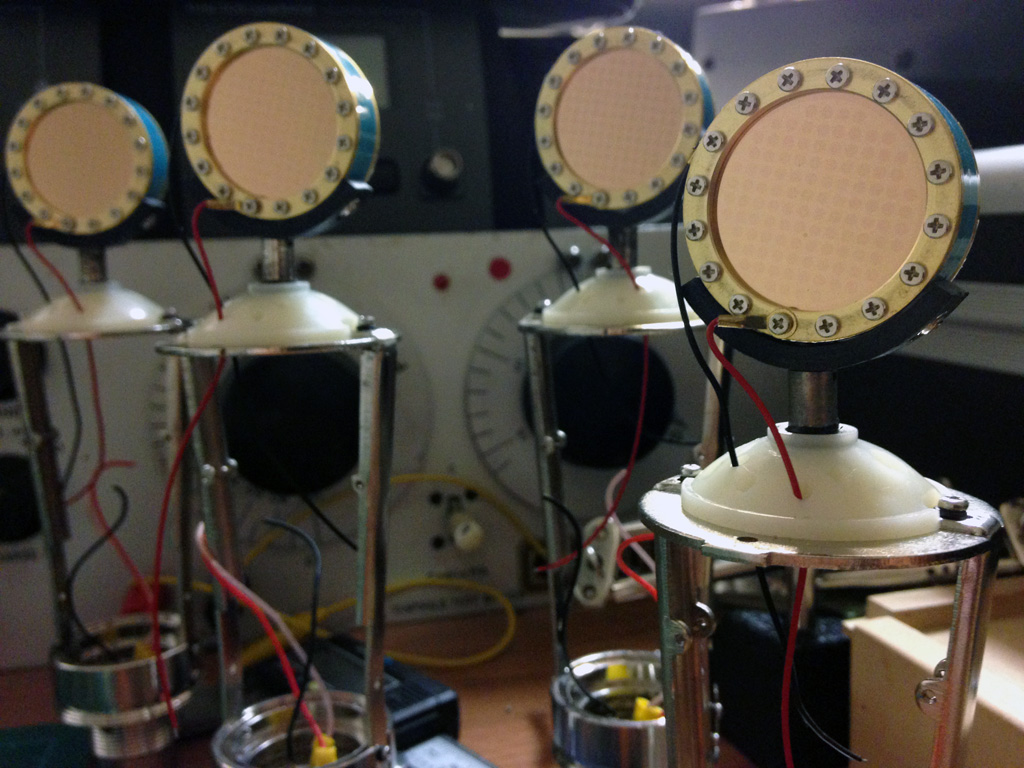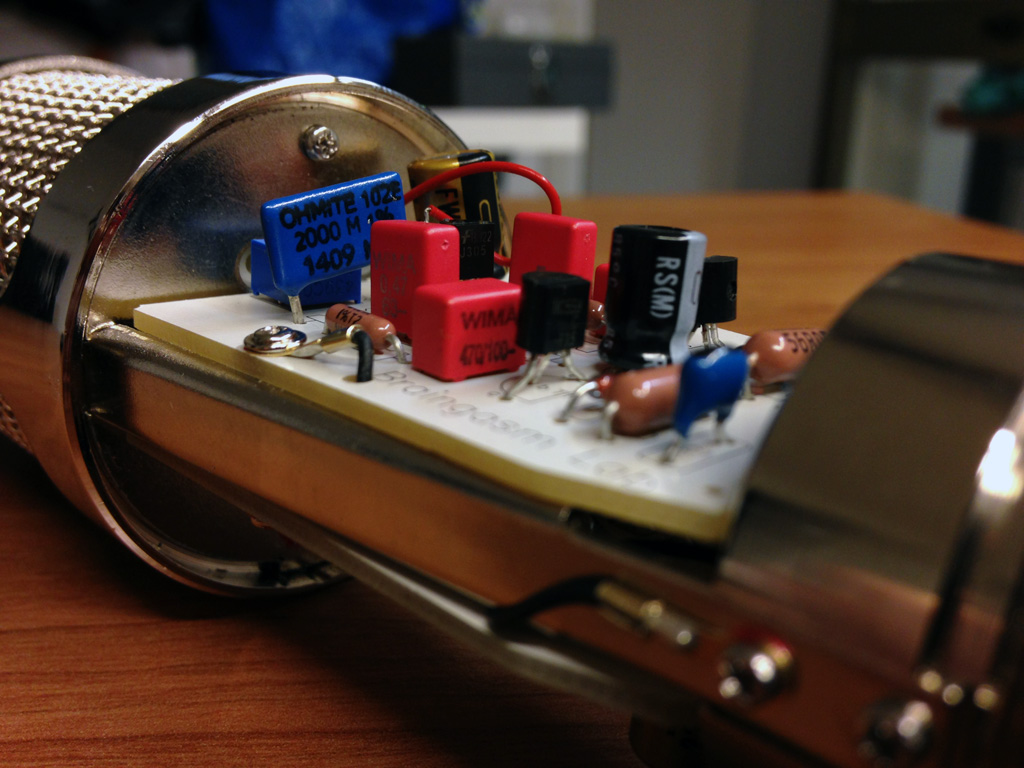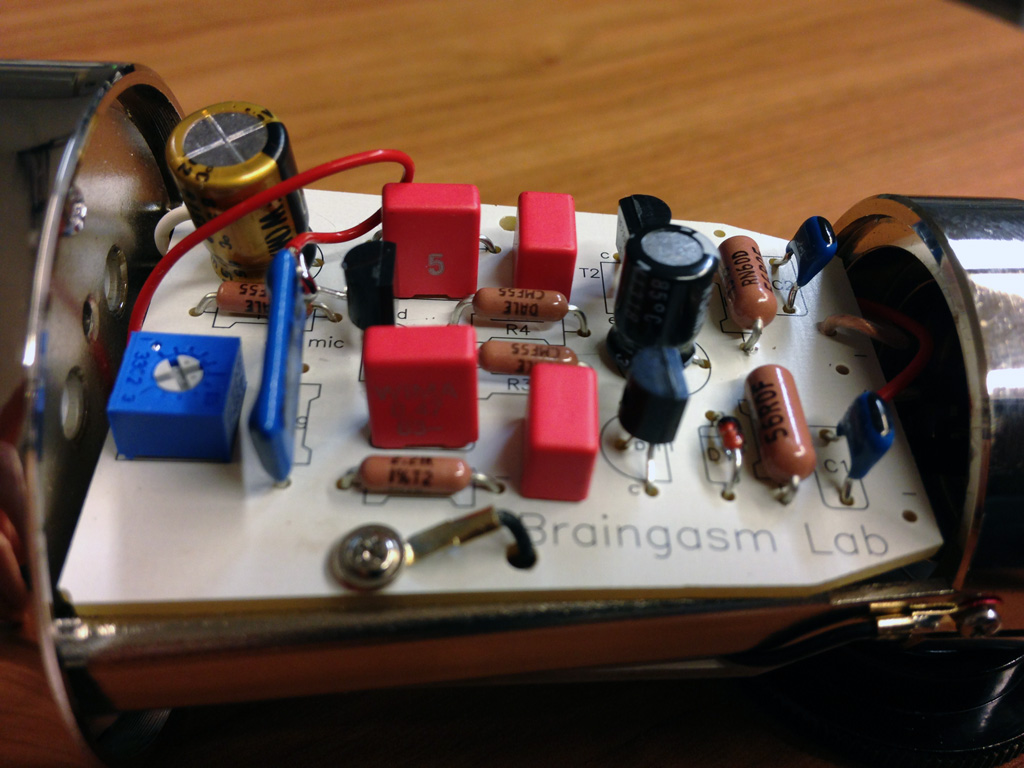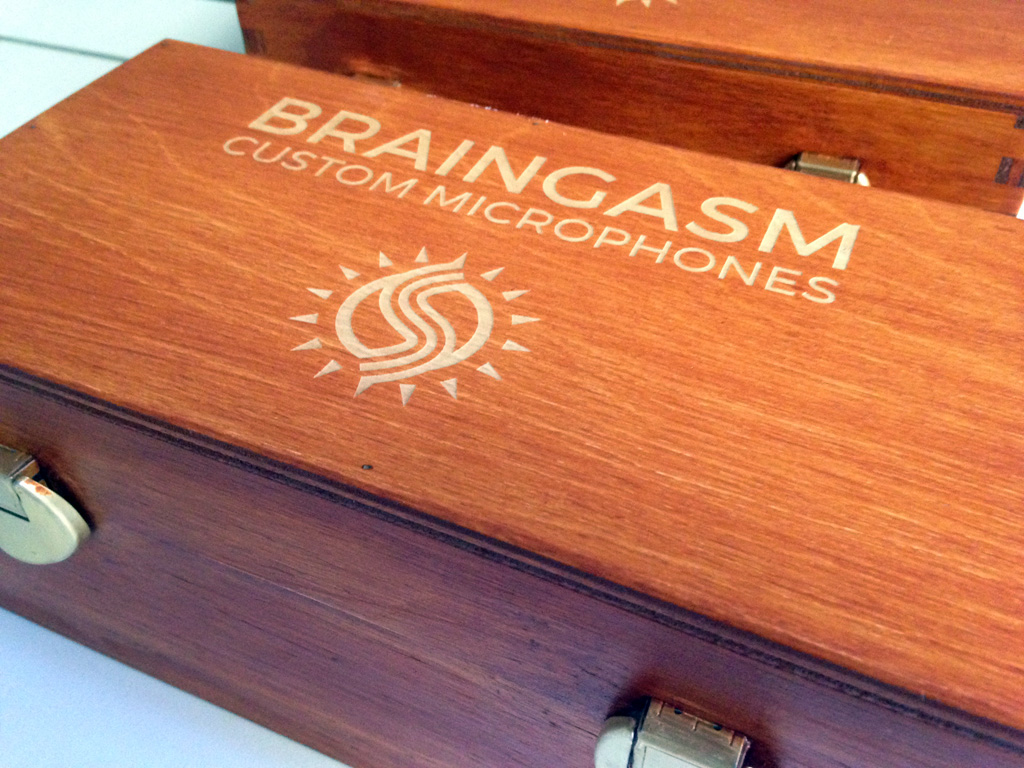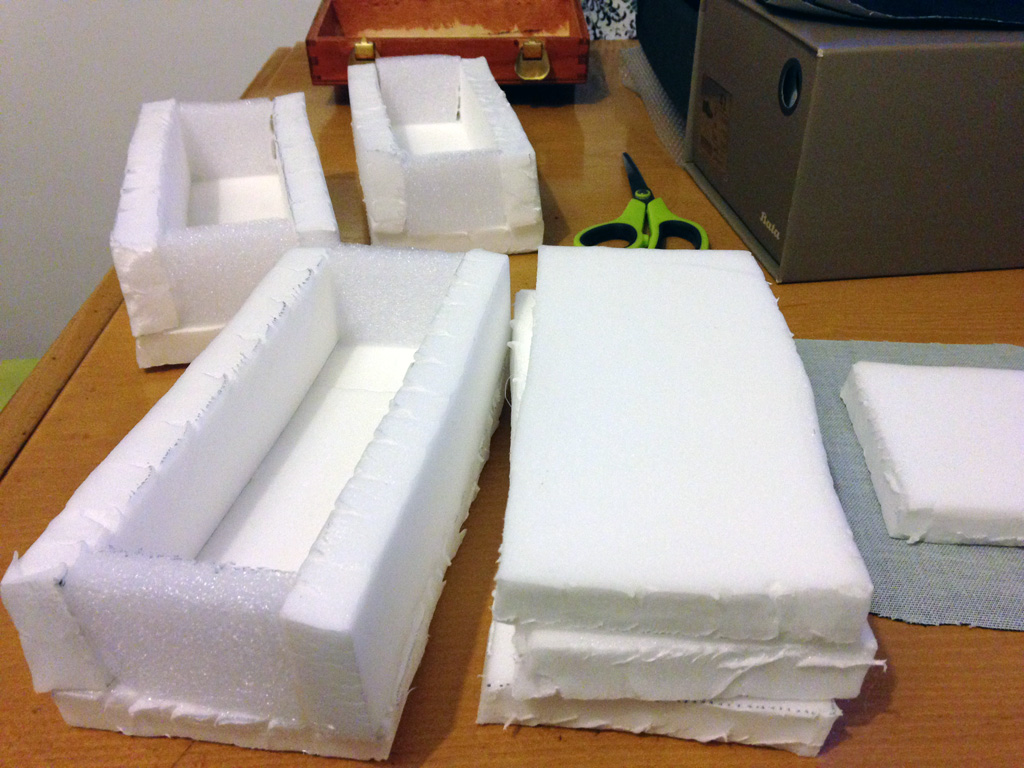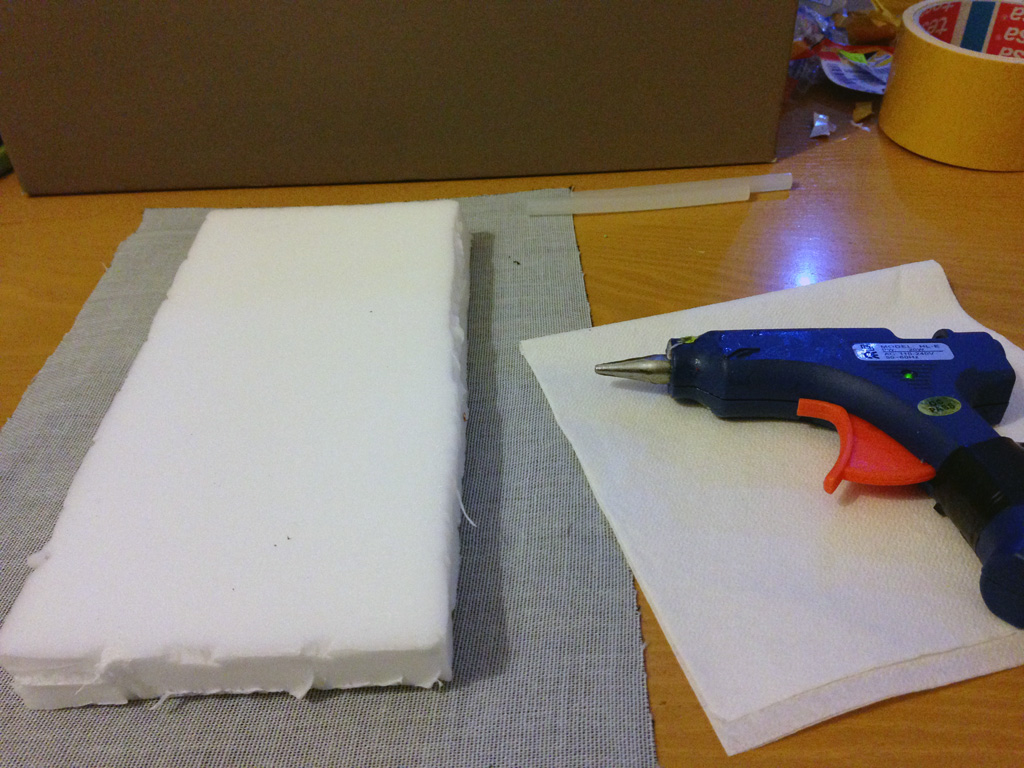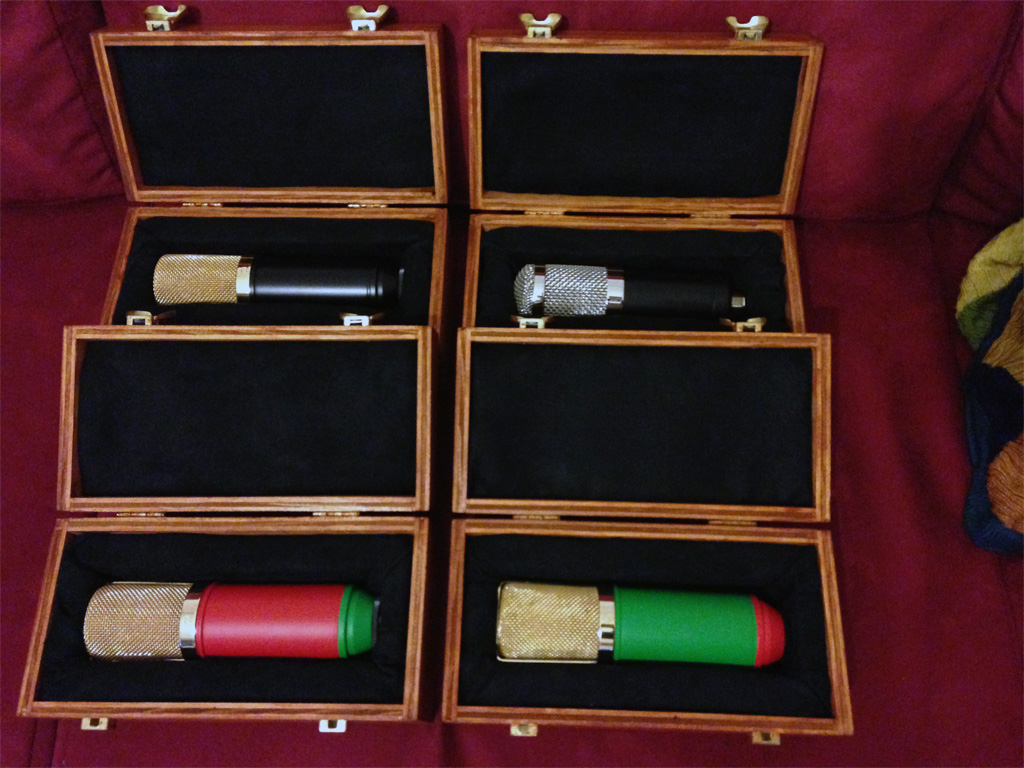Sud Sound System Signature
/Four identical microphones, in the style of the Neumann U87, solid, customized, and colorful. In summary, the specifications that Paolo Panella, sound engineer for Sud Sound System and director of the Roman record label Altipiani, requested to develop a series of signature studio microphones for the masters of Salento's Raggamuffin, Sud Sound System. So far, so good, indeed, as they say in Rome, da paura (awesome).
The first knot to untie concerns the colors. My proposal for a Jamaica/Ethiopia-style pattern is a big hit with the band. These are the color samples I sent for approval. I suggested replacing the yellow color of the Ethiopian flag (in my opinion, not very suitable for a microphone) with an entirely golden headbasket, a touch of 'gangsta' class. Don RIco, Terron Fabio, and Papa Leu approved the proposed models in the photos, while Fernando 'Nandu Popu' preferred the classy look of Braingasm, with a chrome basket and matte black body.
The first step in obtaining four identical microphones (the real challenge of this job) is matching the capsules. Fortunately, the first great help comes from our Capsule Test Bridge, a high-impedance electrometer built by Calrec laboratories in the 1970s to measure the capacitance of a condenser electroacoustic transducer with extreme accuracy. The crown jewel of our laboratory, a priceless relic for a nerd of my caliber.
Knowing the capacitance of a capsule greatly facilitates calculating the microphone's sensitivity, but it is not enough to guarantee the maximum matching. Another step is to measure the frequency response of each individual capsule and choose those that are most similar to each other based on the tolerance one decides to respect. For my matched models, I consider differences of 1.5 dB on individual portions of the spectrum acceptable, considering that small inaccuracies can occur in the placement of the test capsule in relation to the source (pink noise).
Once this is done, we move on to the circuit. For the occasion, I decided to create a superior version of the usual Deluxe circuit, implementing a 2 Giga Ohm MOX resistor and selected Fairchild J305 JFETs.
Furthermore, the DC-DC converter section for capsule polarization has been modified for a voltage of 72 volts instead of the usual 62 volts. Additional improvements have been made to the ground plane and the capacitors on the signal path.
The film capacitors are all WIMA 5%, the TDK COG/NPO ceramics, and the ELNA low ESR electrolytics. All resistors are Vishay-Dale Military with a tolerance of 1%.
It's time to give the Phantom and have a beer.
Finally, the packaging, always handmade as Braingasm tradition dictates.
The interior of the box is made of neoprene and lined with black velvet.
The birch plywood boxes are painted with a water-based impregnator and engraved with a laser CNC.
For the occasion, we also had the band's logo engraved.


